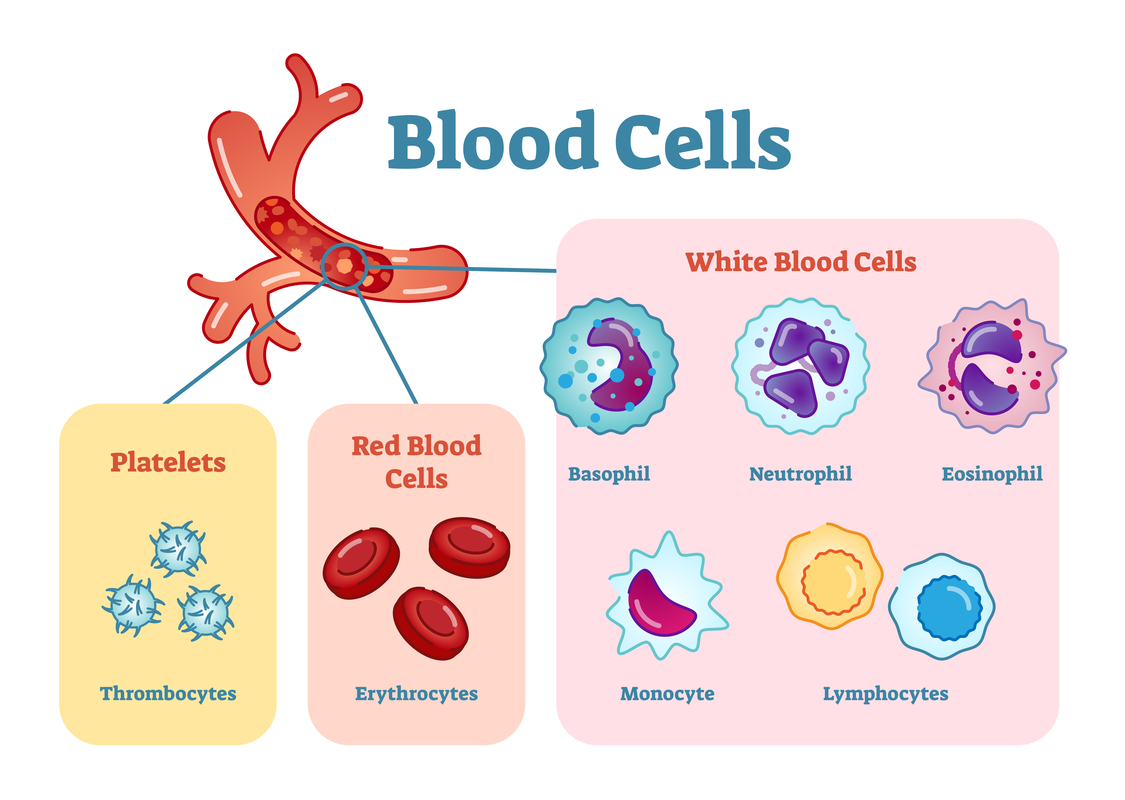What is blood?
Blood is a fluid that contains various cells.
Blood's red color comes from red blood cells. Red blood cells contain hemoglobin. Their function is to transport oxygen from the lungs to the heart and to the rest of the body. Red blood cells also transport carbon dioxide to the lungs.
The funtion of white blood cells is to destroy disease-causing pathogens, which are bacteria and viruses. Some white blood cells can transform themselves into memory cells, which protect you from catching the same illness twice.
Vaccines are also based on memory cells. Vaccines contain things like dead viruses, which help to produce memory cells against these viruses. If the same virus arrives in the body at a later time, the memory cells quickly destroy the virus. As a result, the human does not become ill at all.
Blood also contains small blood platelets. Their function is to help blood coagulate. For example, when a wound appears on the body, the blood platelets help to stop it from bleeding.
Blood also contains water, nutrients and hormones.
